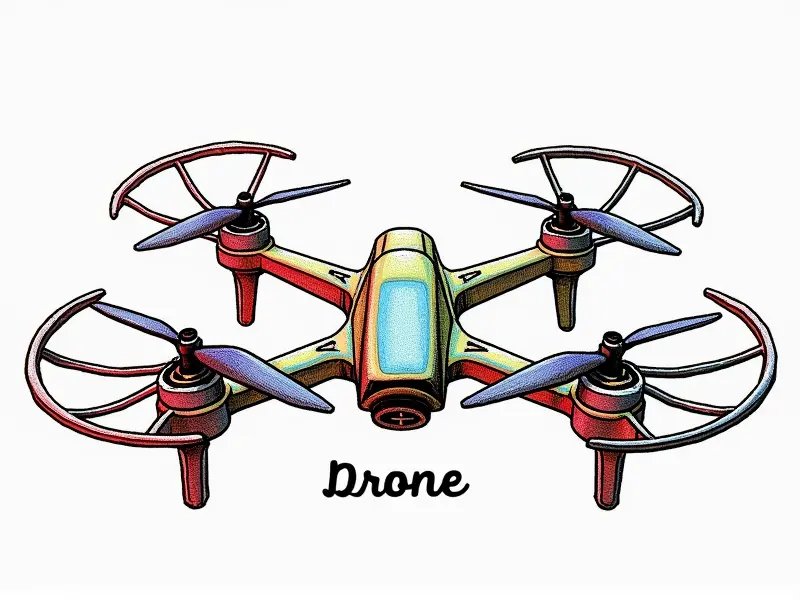Drone regulations in the US

Drone Regulations in the US: A Comprehensive Guide
Understanding Drone Laws in the USA
The United States has a complex and evolving regulatory framework for drones. These laws are designed to ensure public safety, privacy, and airspace integrity. Understanding these regulations is crucial for both commercial operators and hobbyists.
FAA Rules for Drones Explained
The Federal Aviation Administration (FAA) sets the primary rules governing drone operations in the United States. Key FAA regulations include:
- Certificate of Waiver or Authorization (COA): Required for certain commercial operators.
- Airspace Classification: Drones must follow specific airspace rules, including altitude restrictions.
- Pilot Certification: Commercial drone pilots need a Remote Pilot Certificate.
Legal Flying Zones for Drones USA
Determining where you can fly your drone legally is essential. Legal flying zones in the U.S. include:
- Beyond Visual Line of Sight (BVLOS): Limited to specific areas with FAA approval.
- National Parks and Wildlife Reserves: Many have restrictions or require permits.
- Military Installations: Prohibited unless authorized by the military.
Drone Registration Requirements USA
All drones weighing between 0.55 pounds (8.8 oz) and 55 pounds must be registered with the FAA through the FAA Drone Zone. This process involves:
- Payment of a $5 registration fee.
- Submission of personal information and drone specifications.
- Displaying the unique identification number on your drone.
No-Fly Zone Regulations for Drones
The FAA maintains a list of no-fly zones, including:
- National Parks and National Wildlife Refuges: Prohibited without special permission.
- Military Installations and Airports: Strictly off-limits to unauthorized drones.
- Traffic Control Towers: No drone operation within 5 miles of a tower unless approved.
Privacy Laws for Drone Operators
The U.S. does not have federal privacy laws specific to drones, but many states and cities have enacted their own regulations. Key points include:
- Trespassing: Flying over private property without permission can be considered trespassing.
- Video Surveillance: Recording individuals in private areas may violate privacy rights.
- Data Collection: Restrictions on collecting personal information from drones.
Commercial Drone Licensing Guide
To operate a drone commercially, you must obtain a Remote Pilot Certificate. This process involves:
- Aeronautical Knowledge Test: Pass an FAA-approved test at an authorized testing center.
- Background Check: Submit to a TSA security clearance check.
- Medical Certification: Proof of passing a medical exam, depending on the flight scenario.
Hobbyist Drone Regulations Overview
Hobbyists must adhere to certain rules as well. Key regulations for hobbyist drone operators include:
- Fly Below 400 Feet: Maintain a maximum altitude of 400 feet.
- Visual Line of Sight: Keep the drone within visual line of sight at all times.
- No Night Flying: Avoid flying during nighttime unless using anti-collision lights.
Drone Safety and Compliance Tips
To ensure compliance and safety, follow these tips:
- Check FAA Regulations Regularly: Laws are updated frequently.
- Use Flight Planning Tools: Utilize apps like B4UFLY to check no-fly zones before flying.
- Carry Proof of Registration: Always have your registration certificate on hand during flights.
Essential Drone Regulations for Beginners
New drone users should familiarize themselves with the basics. Key points to remember include:
- Understand FAA Rules: Start by learning about basic regulations and requirements.
- Register Your Drone: Ensure your drone is registered before flying it.
- Avoid No-Fly Zones: Stay clear of restricted areas to avoid legal issues.
USA Drone Laws: A Quick Guide
To summarize, here are the key points to remember when operating drones in the United States:
- Licensing and Registration: Obtain necessary certifications and register your drone.
- Flying Zones: Know where you can fly legally without violating airspace rules.
- No-Fly Zones: Avoid restricted areas to comply with FAA regulations.
- Safety Tips: Follow best practices for safe and compliant drone operation.
Conclusion
Navigating the landscape of U.S. drone laws can be challenging, but adhering to these guidelines will help ensure your flights are legal and safe. Whether you're a hobbyist or commercial operator, staying informed about the latest regulations is crucial for avoiding penalties and ensuring public safety.

